Sergei Krikalev, a Russian cosmonaut, was all set to be deployed to the Mir space station on a Soyuz spacecraft in 1991. Set against the backdrop of the Soviet Union's dissolution, the exploratory mission turned out to be a nightmare for the cosmonaut. Initially, marked as a five-month mission, Sergei returned to a changed Earth after almost a year.
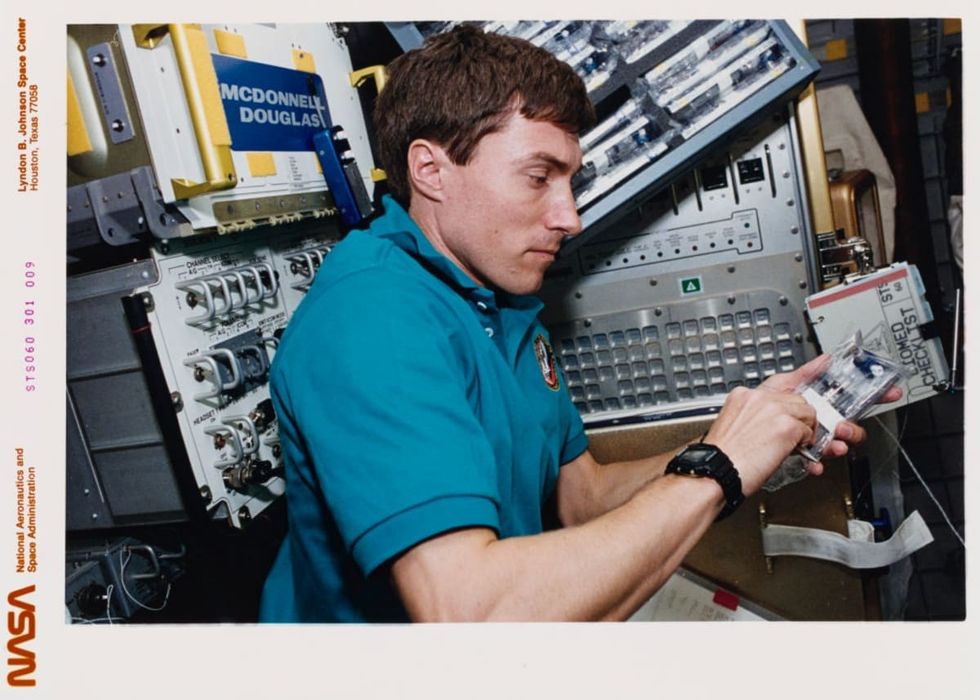
According to Discover Magazine, Krikalev was accompanied by Soviet scientist Anatoly Artsebarsky and British scientist Helen Sharman. They took off from Kazakhstan’s Baikonur Space Center with the primary responsibility of making some repairs to the station. After eight days in orbit, Sharman went home with the two-member crew already on board, leaving Krikalev and Artsebarsky alone. While everything was going well in the space mission, the USSR started to show signs of political tensions. Suddenly, there were strong indications that the sovereign state was on the brink of collapse.

By the summer, many Soviet states started pushing for independence. One of those states was Kazakhstan. To appease its government, Moscow offered a Kazakh cosmonaut a spot on Mir, replacing a more experienced cosmonaut who would have relieved Krikalev. Having not been trained for a long-duration mission, Krikalev had to stay on board until further notice. When Gorbachev resigned as the supreme leader before the official dissolution of the USSR in December 1991, Krikalev got an update on his possible return to earth. During his mission, Krikalev had completed 5,000 orbits around the Earth. According to EurAsian Times, a team of three cosmonauts were assigned to join the Mir crew as Krikalev’s year-long stay ended.

The Russian cosmonaut's prolonged stay put financial pressure on the country. To arrange funds, Russia decided to offer space station vacations to Western countries. With the rising talk of selling Mir, concerns sparked among the crew members, but they stayed because had they left Mir, it would have meant the end of the Space Station.
In March 1992, Krikalev finally received the news that he would be replaced and could return to Earth. He landed near Arkalyk, in the independent Republic of Kazakhstan. By the time he landed, his home Leningrad had become St Petersburg of the Russian State.
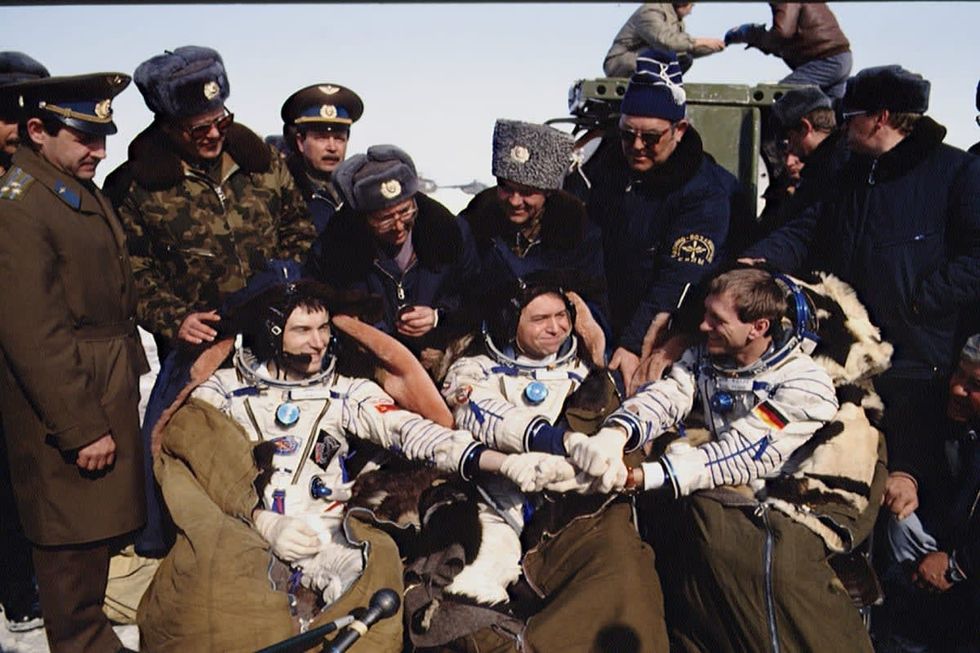
What was initially assigned as a five-month space routine had unfortunately extended to almost a year for Krikalev, who spent 312 days away from Earth, which took a toll on his health. Upon returning home, he was diagnosed with signs of heavy damage to his physical health, including muscle and bone weakening. But the truly tragic part of Krikalev's story is that he went on to become the last citizen of the Soviet Union and was unable to return to his original home of Leningrad, which is now known as St.Petersburg. Still, his dedication to staying at the Mir station in the face of adversity and his commitment to the Soviet space program displayed true patriotism and professionalism.
For Krikalev, he felt more at home in space than anywhere else. “He always said when he got into the space station, he felt like he was going home,” Sharman recalled saying about him in interviews. While most cosmonauts passed time by reading, Krikalev loved nothing more than looking out the window. “Every spare moment, we tried to look at the Earth,” recalled Krikalev.
This article originally appeared 7 months ago.







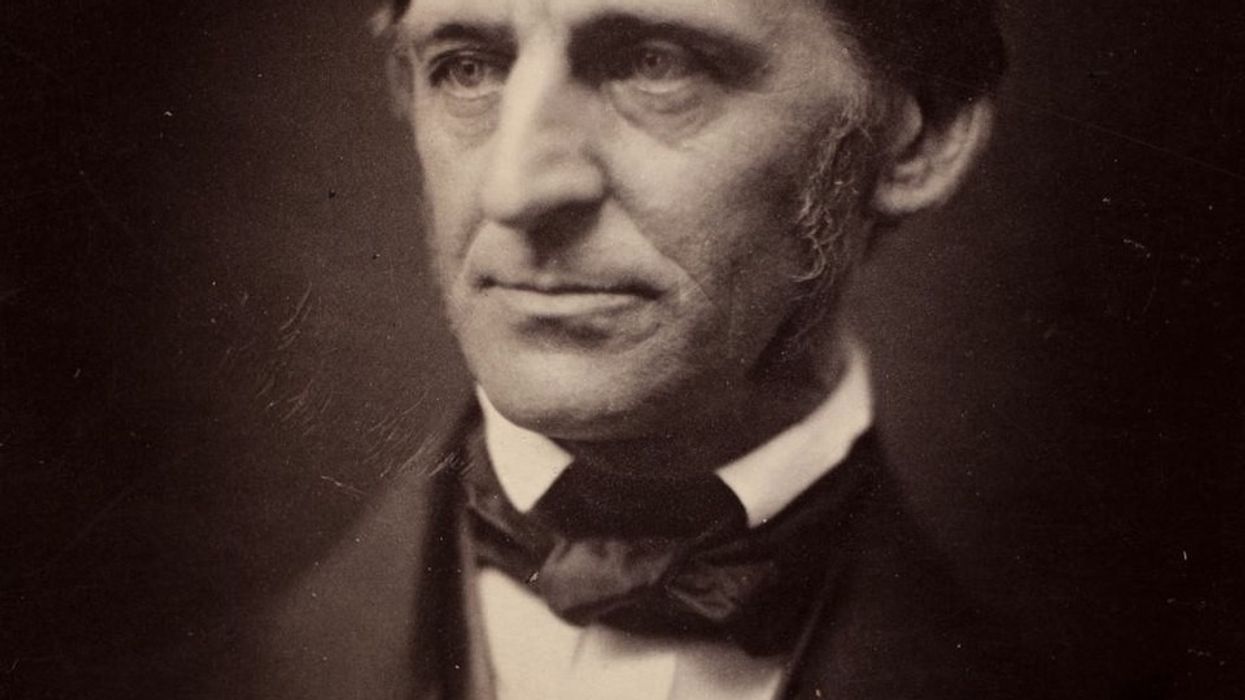










 Pictured: The newspaper ad announcing Taco Bell's purchase of the Liberty Bell.Photo credit: @lateralus1665
Pictured: The newspaper ad announcing Taco Bell's purchase of the Liberty Bell.Photo credit: @lateralus1665 One of the later announcements of the fake "Washing of the Lions" events.Photo credit: Wikimedia Commons
One of the later announcements of the fake "Washing of the Lions" events.Photo credit: Wikimedia Commons This prank went a little too far...Photo credit: Canva
This prank went a little too far...Photo credit: Canva The smoky prank that was confused for an actual volcanic eruption.Photo credit: Harold Wahlman
The smoky prank that was confused for an actual volcanic eruption.Photo credit: Harold Wahlman
 Packhorse librarians ready to start delivering books.
Packhorse librarians ready to start delivering books. Pack Horse Library Project - Wikipedia
Pack Horse Library Project - Wikipedia Packhorse librarian reading to a man.
Packhorse librarian reading to a man.
 Fichier:Uxbridge Center, 1839.png — Wikipédia
Fichier:Uxbridge Center, 1839.png — Wikipédia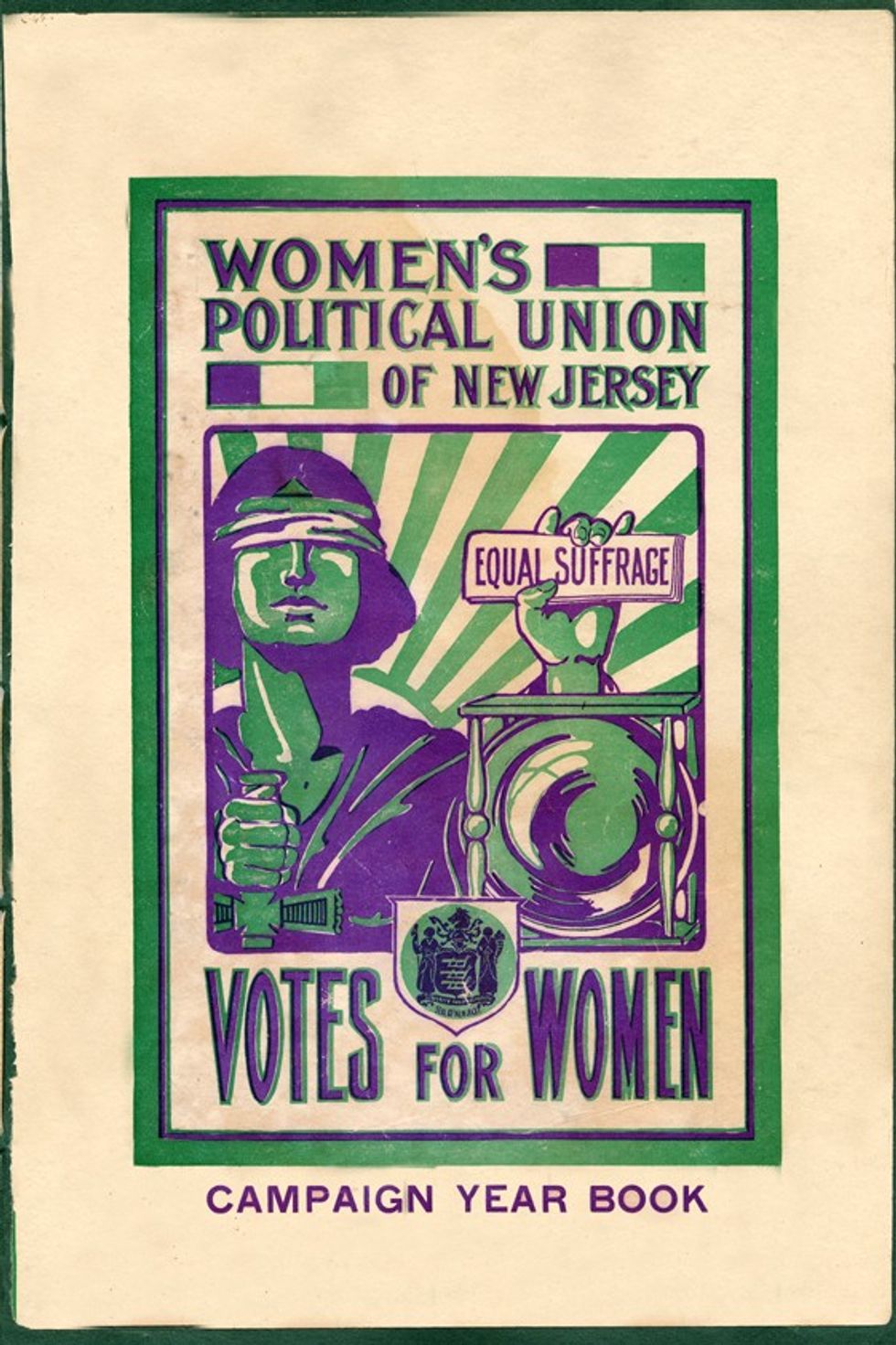 File:Women's Political Union of New Jersey.jpg - Wikimedia Commons
File:Women's Political Union of New Jersey.jpg - Wikimedia Commons File:Liliuokalani, photograph by Prince, of Washington (cropped ...
File:Liliuokalani, photograph by Prince, of Washington (cropped ...
 Theresa Malkiel
commons.wikimedia.org
Theresa Malkiel
commons.wikimedia.org
 Six Shirtwaist Strike women in 1909
Six Shirtwaist Strike women in 1909
 U.S. First Lady Jackie Kennedy arriving in Palm Beach | Flickr
U.S. First Lady Jackie Kennedy arriving in Palm Beach | Flickr
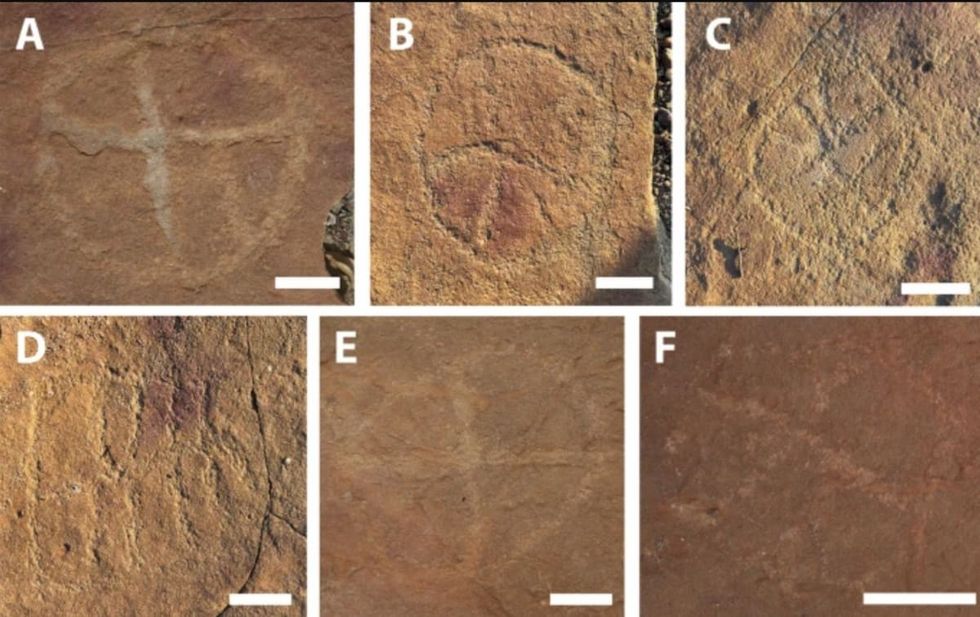 Image Source:
Image Source:  Image Source:
Image Source: 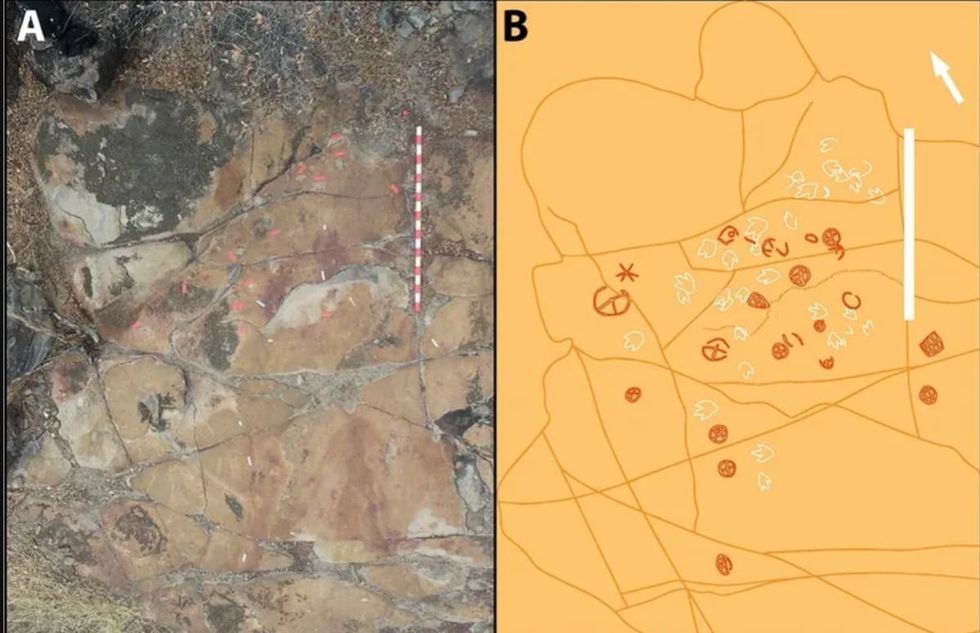 Image Source:
Image Source: 